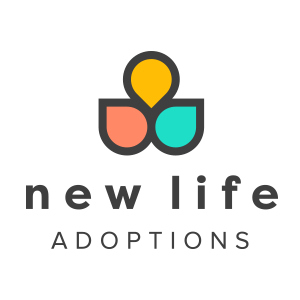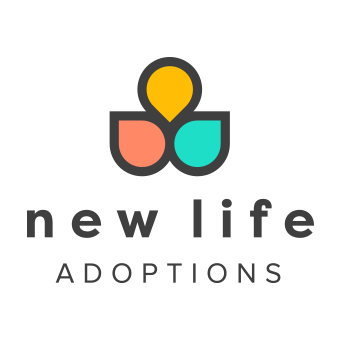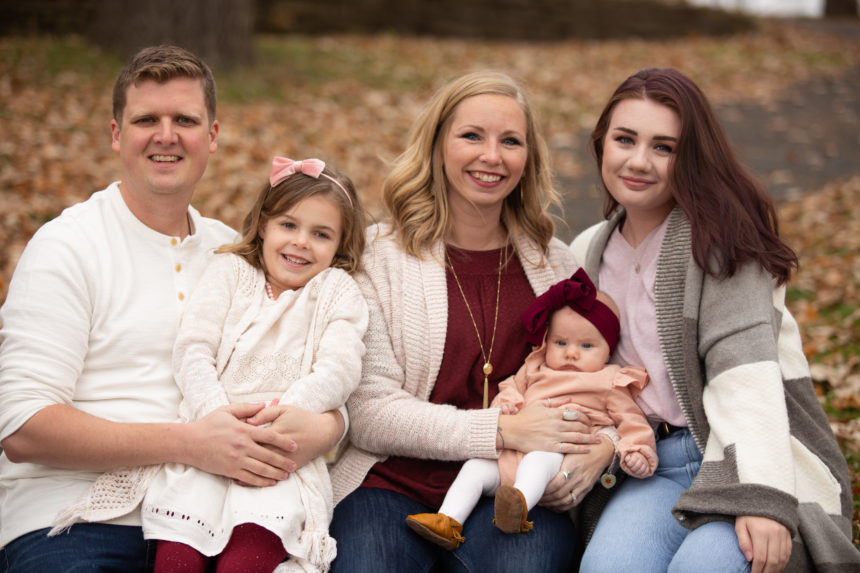Over the years, openness in adoption has changed dramatically. Since 1980, when New Life Adoptions began providing adoption services, the norm has gone from solely closed adoptions to nearly all adoptive placements having some level of openness. In some cases, these are very open adoptions in which birth families babysit, have overnight visits, or even provide child care. While this extreme level of openness is not possible in every situation, the research is clear that having some level of openness does benefit each party involved in an adoption.
The research is clear that having some level of openness does benefit each party involved in an adoption.
Benefits for Adoptive Parents
Many families early in the adoption process may worry about the implications of an open adoption. Agreeing to jump in and commit to a relationship with someone you haven’t even met yet can be very difficult. If open adoption is not an easy journey, why would a family choose to have openness with a birth family they don’t know? The reason is simple; they are willing to take a step of faith to do what is best for their child. While the benefits for their child may be the initial motivation, there are direct benefits to adoptive parents themselves. Openness can lead to more understanding and compassion for their child’s birth parents. This understanding leads to diminished fear and more security in their role as parent.
Benefits for Children
Children who were adopted often have questions about their birth family, why they were placed for adoption, and what their life would have been like if they had been raised by their birth parents. These questions are all a normal part of growing up in an adoptive family. Adoptive families who are able to have some level of openness with the birth family have easier access to information to help answer these questions. When there is very little or no openness, answers can become more difficult to find. When children don’t have answers to their questions, they will make up a story to help fill in the gaps. The more accurate information that can be shared with them, the better they will be able to understand their history, which in turn leads to a healthy development of identity.
Benefits for Birth Parents
The benefits of openness in adoption don’t stop with the child. Beyond the fact that the birth parents get to watch their child grow and are a valuable resource to the adoptive family, research on birth mothers concludes that being able to choose the adoptive family and having ongoing contact and/or knowledge results in lower levels of grief and greater peace of mind with their adoption decisions. (Evan B. Donaldson Adoption Institute (November 2006). “Safeguarding the Rights and Well-Being of Birthparents in the Adoption Process, Executive Summary”. 3.)
Open adoption requires clear boundaries, just like any other relationship.
A hesitation towards open adoption is often based on fears of the unknown and believing common myths about open adoption. Open adoption is forming a relationship, similar to extended family; it is not co-parenting or shared custody. It requires clear boundaries, just like any other relationship. Many adoptive parents worry that an open adoption will be confusing to their child, but in reality the adopted child knows who his or her parents are. Clear boundaries in this openness relationship help remove any of the confusion for the child. Boundaries are helpful for the birth parents, as well. Setting clear boundaries can help the birth parents continue to move forward as they figure out where adoption fits in with the rest of their life. This can be especially beneficial if the birth parents are parenting additional children already. When birth parents and adoptive families discuss and agree on the boundaries in their relationship, the relationship will be more successful. Although it may feel like diving in head first when choosing an open adoption, it is important to remember that the birth parents are entrusting the adoptive family with their child. This is a big deal! Birth parents are placing a lot of trust in the adoptive parents to raise their child well, so a level of trust needs to be returned.
Adoptive parents need to set the stage for openness with the birth family—this is not something to leave up to the child to decide. Parents do this in many ways with other ongoing parenting decisions like serving vegetables with dinner or going to church every week, but by doing so, they are making life impacting decisions over time. Parents are showing their children what is important and what they value through the decisions they make. By choosing to have an open relationship with a child’s birth family, adoptive parents are showing their child that they value their child’s birth history and that they want to help maintain this important relationship. In situations that are more difficult, we recommend adding boundaries rather than pulling back on openness altogether.
Adoptive parents need to set the stage for openness with the birth family—this is not something to leave up to the child to decide.
Not every open adoption looks the same. Each birth and adoptive family needs to find what is right for them. Some relationships are very flexible and have spur of the moment visits, while others are more structured. These relationships are not always easy; there will be challenges along the way. New Life Adoptions’ Post Adoption Department is available to help navigate these relationships and provide additional support as needed. When challenges arise keep the benefits of open adoption in mind and reach out for help when needed.




